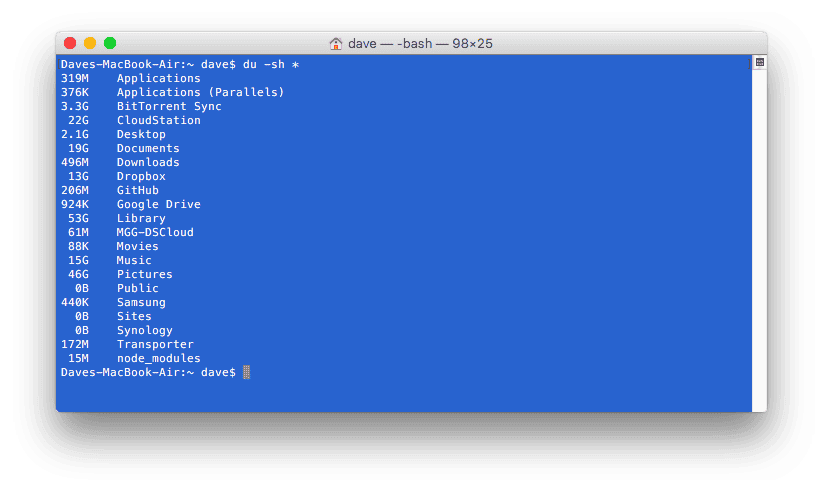

- Mac command line list files how to#
- Mac command line list files mac os x#
- Mac command line list files download#
- Mac command line list files free#
Ls – lists only folders with a one character letter for their name. sfk OS X and Linux syntax may differ, check the help within the tool. Once all of the relevant files and folders are selected, copy the list by either selecting Edit then Copy Items in the menu or the Command-C keyboard shortcut.

List all the URLs linked to from all of the Markdown files in this directory and all its.
Mac command line list files download#
sfk - Linux: type mv sfk-linux-64.exe sfk and chmod +x sfk then. The command-line way to download one file from a web server. OS X : type mv sfk-mac-64.exe sfk and chmod +x sfk then. Input mv filename, copy and paste all file names for the files you want to recover, divide these filenames with a space. Mac/Linux: after download, open a command line or terminal, then rename to sfk like 'mv sfk-mac-64.exe sfk', make it executable by 'chmod +x sfk' and type '. Input ls to list all files in your Trash bin.
Mac command line list files mac os x#
open the Windows CMD command line, Mac OS X Terminal or Linux shell. Windows: after download, open a command line (CMD.exe) then CD into the download folder and type 'sfk' for the help text.
Mac command line list files free#
Ls *\.* – lists only files because folders don’t have a dot in their name. download the free Swiss File Knife Base from Sourceforge. Ls a* – lists files/folders starting with an “a”.

No backslash before the dot would mean just any single character except for a new line (\n). The “\.” (backslash then dot with no space, in case you couldn’t see it well) means a literal dot. Ls *\.jpg – lists all files that are jpeg images (.jpg extension) So basically ls ?* will only display files/folders that have filenames 2 or more characters long.Īlphabet and numbers – typing in any letters or numbers means that files/folders must have those exact letters/numbers. Ls * will display all folders and all files within those folders. Skip ahead if you already know about wildcard characters.
Mac command line list files how to#
So we’ll go on to learn about wildcard characters (to be completely honest, I am a noob to this whole wildcard thing I am stilling learning also), and then about how to use wildcard characters in the Mac OS X command line.

Now the actual reason I wrote up this post was to show you how to display only certain files with similar names. More textFileName – opens up a text file for viewing inside the command line/shell. to go up a directory and cd FOLDERNAME to go to a folder in the current directory. This lists all your files and folders in the current directory.Ĭd – changes directories (directories = folders). It uses the same meta data which is used by spotlight search but can also find system files. But Mac also has command line utility mdfind (utility to query meta data) which can be used to find files on Mac. Open up terminal (or something similar like X11’s xterm) and type in ls then enter. Mac spotlight and finder are great way to find files on Mac. Here, you have one command - say, one that formats the date for you, or gets a list of files matching a pattern, or whatever - and then hand off the results of that command to another wrapper command. Their filenames are ssw_idl.a285, ssw_idl.r391, ssw_idl.z988, ssw_idl.c293, and the other 4 files are named similarly (“ssw_idl.” followed by a letter, then 3 numbers). Another related trick, and the one mentioned up above, is to nest one command within another by use of the backtick trick. But somewhere within that junk pile of files there lay 8 files I would like. My home directory is cluttered with junk files that I never take the time to organize. First off, wildcard characters are special characters such as * and ? that help you to find groups of filenames that have something in common.įor example, say I have a couple of files that I want to find in my home directory. This tip/post is going to be about several common Mac OS X commands and wildcard characters I have discovered, at work, that is useful to understand and know how to use. : If you just want the device names, you can filter the basic list to trim the junk: $ ioreg -p IOUSB -w0 | sed 's/*o // | grep -v '^Root.EDIT: This post have been getting very many views lately so ‘fess up in the comments if you want a part 2 with more advanced and new ways to use Mac OS X commands and wildcard characters. In addition to system_profiler SPUSBDataType (suggested by you can also use ioreg -p IOUSB: $ ioreg -p IOUSB


 0 kommentar(er)
0 kommentar(er)
